Note: this first part of the answer is secondhand info, I was involved with a medical research project for a few years and did some work on a prototype device but i'm far from an expert and I moved on from the project a few years ago.
AIUI modern versions of the medical standards make a distinction between "patient protection" and "operator protection" with the latter having requirements similar to the commercial standards while the former has stricter requirements, but there are still some areas where the standards for even "operator protection" are stricter than those in commercial standards.
IIRC the medical standards require you to consider "touch current" under "single fault conditions" and for portable equipment they point out that what is earth leakage current under "normal condition" is likely to become touch current under "single fault condition". This means your earth leakage budget can become quite constrained. I do not know if standards for other types of equipment have any similar requirements since I have not read them but I suspect they either don't have them or they are significantly more lenient.
The medical standards do have requirements about capacitor discharge but I don't remember what they are and I don't know if the standards for other types of equipment differ.
Getting back to your datasheet, I notice the following differences between the "medical" and commercial versions.
- The medical versions have a much lower earth leakage specified on the first page.
- The standard versions have a 2.2nF Cy, the medical "M80" versions have the option a 0.47nF Cy and the medical "M5" versions have no Cy at all. Presumably this is at least part of how the much lower leakage specifications are achieved.
- The medical versions as you have noticed have a drain resistor to drain the Cx capacitors and presumably also any other capacitance inside the device that may be exposed to the input terminals.
Strangely there is a diagram for a "M80 with ground line choke", but there don't seem to be any inductor or capacitor values specified for it, nor does it seem to appear in the list of order numbers.
